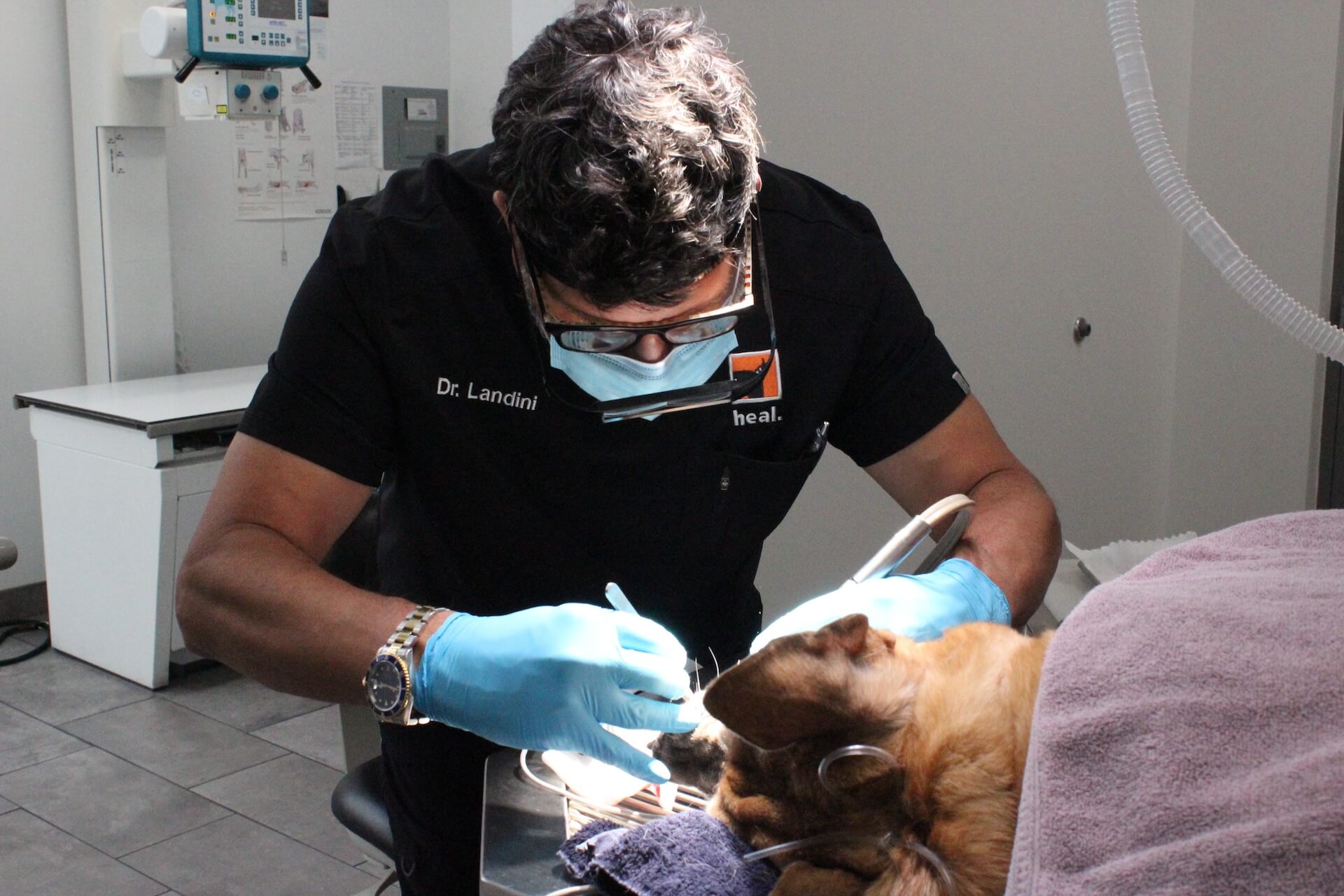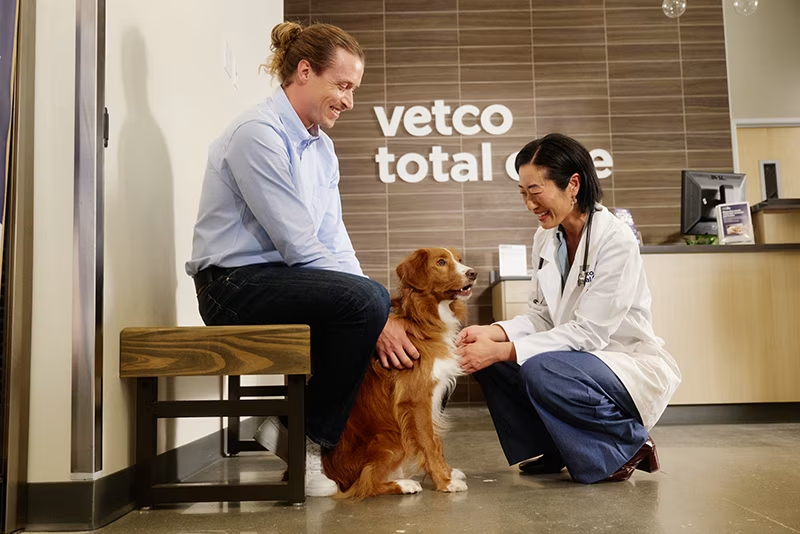Why Every Pet Parent in Bellingham Should Have a Go-To 24 hour vet bellingham
Why Every Pet Parent in Bellingham Should Have a Go-To 24 hour vet bellingham
Blog Article
Everything About Vet Surgical Procedure: Understanding the Relevance of Professional Look After Your Pets
Vet surgical procedure is an essential element of animal healthcare. It encompasses different procedures, from routine optional surgical treatments to immediate treatments. Recognizing the intricacies of these surgical procedures can help animal owners make notified decisions. The preparation, implementation, and healing stages are crucial for making certain the wellness of pets. With correct expertise, proprietors can browse the intricacies of veterinary treatment. What variables should be considered before a pet goes through surgery?
Kinds Of Veterinarian Surgeries
When a pet requires surgical intervention, recognizing the various kinds of vet surgical procedures can aid family pet owners make educated choices. Veterinary surgical procedures can be broadly classified into three main kinds: optional, immediate, and emergency situation surgical procedures. Elective surgical procedures, such as spaying or neutering, are prepared procedures that are not instantly deadly. Immediate surgical treatments, like those for foreign body elimination, need to be executed soon yet are not deadly in the minute. Emergency surgical procedures, such as those attending to serious trauma or interior blood loss, are important and require immediate attention.Additionally, surgical procedures can vary in complexity, varying from minimally invasive laparoscopic treatments to extra comprehensive open surgeries. Each kind of surgical treatment carries its very own risks and healing procedures. Recognizing these groups enables family pet proprietors to engage in meaningful discussions with vets, leading to much better results for their cherished family pets.
Preparing for Your Pet's Surgical treatment
Getting ready for a pet's surgical procedure includes a detailed checklist to ensure all fundamentals are covered. Reliable communication with the veterinarian is vital for recognizing the procedure and any type of necessary pre-operative steps - 24 hour vet near me. Additionally, having clear post-operative care instructions will certainly aid proprietors provide the finest support for their recovering family pets
Pre-Surgery List Basics
Ensuring a smooth surgical experience for a pet requires mindful preparation and attention to detail. A pre-surgery checklist is vital for pet dog owners to follow. Confirming the set up surgical treatment day and time is important. Owners need to likewise verify that their animal has actually not eaten according to the vet's directions, generally for 8-12 hours before surgical treatment. Gathering essential medical documents, including inoculation background, is essential for the veterinarian's evaluation. It is also advisable to prepare a comfortable area at home for the family pet's healing after surgical procedure. Finally, owners should have a strategy for transportation to and from the vet center, making certain that the family pet is safe and comfortable throughout the journey. Adhering to these steps can greatly boost the surgical experience.
Interacting With Your Vet

Efficient interaction with the vet is vital for a successful surgical experience for family pets. Owners ought to be prepared to review their pet dog's case history, including any kind of pre-existing conditions, drugs, and allergic reactions. This information assists the veterinarian examine threats and tailor the medical strategy accordingly. Furthermore, pet dog owners must ask inquiries concerning the procedure, anesthetic, and anticipated outcomes to ensure they totally understand the process. Making clear any kind of questions can relieve anxiousness for both the animal and the owner. It is also vital to connect any type of behavioral modifications or worries observed in the pet dog leading up to the surgical procedure. Eventually, clear dialogue cultivates depend on and collaboration, making sure that animals get the best possible treatment during their surgical journey.
Post-Operative Treatment Instructions
After talking about the procedure with the vet, animal proprietors need to concentrate on post-operative treatment directions to facilitate a smooth healing for their pet dogs. These instructions usually consist of keeping track of the medical website for indications of infection, such as soreness or discharge. Pets might require to be maintained tranquil and restricted to protect against too much activity that might interfere with healing. Discomfort management is important, so owners need to comply with the veterinarian's advice on administering medications. In addition, nutritional restrictions may be suggested to avoid intestinal distress. Regular follow-up consultations are necessary to assure proper healing and attend to any kind of worries. By adhering to these post-operative care directions, family pet proprietors can greatly add to their family pet's healing and total well-being.
The Surgical Process Explained
The medical procedure for pets includes vital steps that guarantee their safety and recovery. Pre-surgery prep work are important for lessening risks, while post-operative treatment standards play an important function in promoting healing. Understanding these elements assists pet dog owners navigate the surgical experience much more properly.
Pre-Surgery Preparations
Before a pet goes through surgical treatment, numerous essential prep work have to take place to assure a secure and effective procedure. An extensive veterinary examination is crucial to assess the family pet's total wellness and determine any kind of prospective dangers. This may consist of blood examinations, imaging, or other diagnostics. The vet will also review anesthetic choices tailored to the pet dog's details requirements. Furthermore, animal owners are generally advised to hold back food and water for a specified time prior to surgery to minimize the threat of issues throughout anesthesia. It is essential for owners to provide a total case history, including any drugs or allergies, making sure the surgical group has all required info. Appropriate interaction and adherence to pre-surgery standards can greatly improve the end result of the treatment.
Post-Operative Treatment Standards
Appropriate post-operative care is essential for making sure an animal's recovery complying with surgical procedure. After the treatment, animals need to be kept an eye on carefully for any type of indications of problems, such as extreme blood loss, swelling, or uncommon actions. It is crucial to adhere to the vet's directions concerning medications, consisting of painkiller and antibiotics. Pet dogs should be kept in a peaceful, comfortable setting to lower stress and anxiety and promote healing. Limiting activity is important; short, leashed strolls may be necessary, however leaping or running must be avoided. Normal follow-up appointments need to be arranged to examine the healing process. Additionally, the surgical website must be kept tidy and completely dry, with any kind of indications of infection reported to a veterinarian promptly. Adhering to these guidelines enhances recuperation outcomes.
Anesthesia and Discomfort Management
Effective anesthetic and pain management are crucial parts of vet surgery, making certain that pet dogs stay comfortable and safe throughout the treatment. Vets assess each animal's specific demands, taking right into account aspects such as age, weight, health condition, and the kind of surgery being performed.Anesthesia procedures generally include a mix of pre-anesthetic medicines, induction agents, and inhalant anesthetics, permitting exact control over the animal's degree of awareness. Surveillance throughout surgery is vital; veterinarians continually observe vital signs to deal with any kind of prospective difficulties promptly.Pain management approaches may involve opioids, non-steroidal anti-inflammatory medications (NSAIDs), and neighborhood anesthetics, customized to the family pet's details situation. This diverse approach helps decrease discomfort and advertises a smoother medical experience. By prioritizing reliable anesthesia and discomfort management, veterinary professionals enhance the general well-being of pet dogs undergoing procedures, guaranteeing they get the greatest standard of treatment.
Post-Operative Treatment and Healing
Complying with surgical procedure, the focus shifts to post-operative treatment and recovery, which is essential for ensuring a family pet's secure go back to typical activities. During this duration, family pets call for a quiet, comfy atmosphere to aid healing. Proprietors ought to carefully check their family pets for any indications of pain or uncommon behavior.Veterinary standards typically include details instructions connected to drug administration, wound treatment, and nutritional changes. It is important to adhere to these recommendations to decrease issues and promote healing. Pet dogs may need to be restricted from energetic activities, such as running or jumping, throughout their recovery period (tplo surgery).Regular follow-up visits with the veterinarian permit for surveillance of the pet's progression and prompt modifications to the treatment strategy. Giving psychological support and friendship can also improve a family pet's recovery experience, assisting to relieve anxiety and anxiousness. Overall, attentive post-operative care plays a considerable role in accomplishing a successful recovery
Acknowledging Issues After Surgery
How can animal owners identify issues after surgery? Understanding of specific indicators is essential for making certain the health of family pets during recuperation. Common indications include too much swelling, inflammation, or discharge at the surgical site, which might represent infection. Furthermore, consistent pain, shown by whimpering or unwillingness to relocate, need to prompt instant focus. Changes in hunger or water consumption can likewise show problems; a decline in these actions may signify pain or distress.Moreover, pet proprietors need to monitor their pet dogs for any unusual habits, such as sleepiness or problem breathing, as these can be indications of major problems. Throwing up or diarrhea following surgery may require urgent vet evaluation. Recognizing these issues early can substantially impact a pet's healing process, highlighting the relevance of alertness and prompt communication with a vet for any type of worrying signs and symptoms.
The Function of Vet Professionals in Surgical Treatment
Vet professionals play a crucial role in making certain the security and success of surgical treatments for pets, particularly adhering to surgical procedure when keeping track of and care are critical. These professionals consist of vets, veterinary professionals, and assistance personnel, every one of whom add specialized skills to the medical process.Before surgery, veterinarians carry out thorough evaluations to evaluate the pet dog's health and wellness, guaranteeing that any type of hidden conditions are taken care of. Throughout the treatment, the surgical group provides anesthesia, maintains clean and sterile atmospheres, and checks essential indicators, all vital for reducing risks.Post-operative treatment is equally significant; veterinary professionals observe for complications, take care of pain, and guide owners on healing methods. Their experience enables them to acknowledge very early indications of distress or infection, ensuring timely treatment. Eventually, the joint initiatives of veterinary experts in medical treatment cultivate a secure environment, advertising the well-being of pet dogs throughout the medical journey.

Often Asked Concerns
How Do I Choose the Right Veterinary Specialist for My Pet dog?
Choosing the best veterinary surgeon entails looking into credentials, reading evaluations, and assessing the clinic's environment. It is necessary to review the doctor's experience with certain treatments and their communication style when deciding.
What Prevail Misconceptions Regarding Veterinarian Surgeries?
Usual false impressions concerning vet surgical treatments consist of beliefs that they are constantly high-risk, unneeded, or only for emergency situations. Many animal owners undervalue the benefits of precautionary treatments and the ability entailed in vet surgical care.
Just How Much Will My Pet's Surgical treatment Cost?
The website expense of a pet's surgical treatment can differ significantly based on elements such as the kind of treatment, the veterinarian's experience, and geographical place (emergency vet). Generally, expenses range from a couple of hundred to several thousand dollars

Can My Pet Dog Consume Prior To Surgery?
Before surgery, it is typically advised that family pets refrain from eating for a specific duration. This fasting helps in reducing the risk of issues during anesthesia. Proprietors need to consult their veterinarian for accurate guidelines customized to their pet's requirements.
Suppose My Family Pet Has Pre-Existing Health And Wellness Conditions?
When a family pet has pre-existing wellness problems, it's crucial for the veterinarian to evaluate these factors prior to surgical procedure. This examination assurances proper safety measures are taken, decreasing dangers and optimizing the pet's general security throughout the procedure.
Report this page